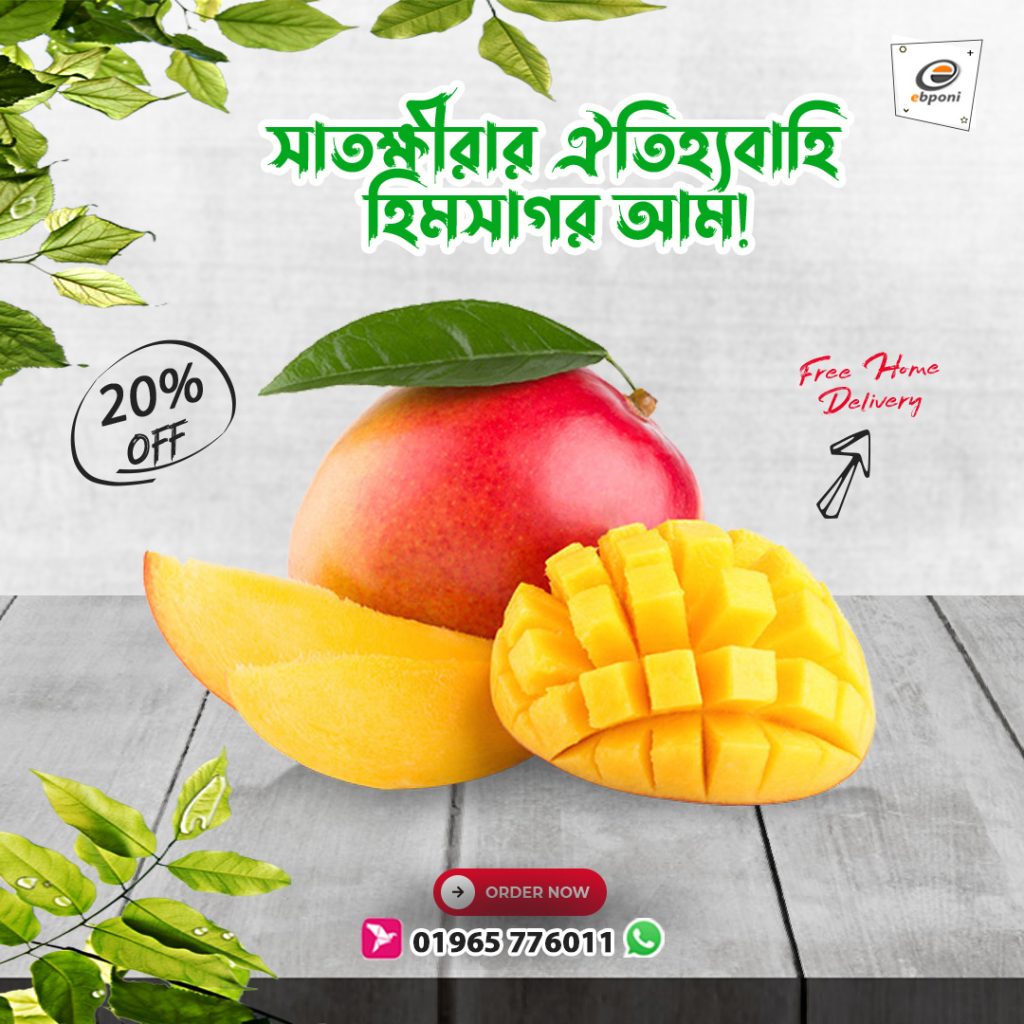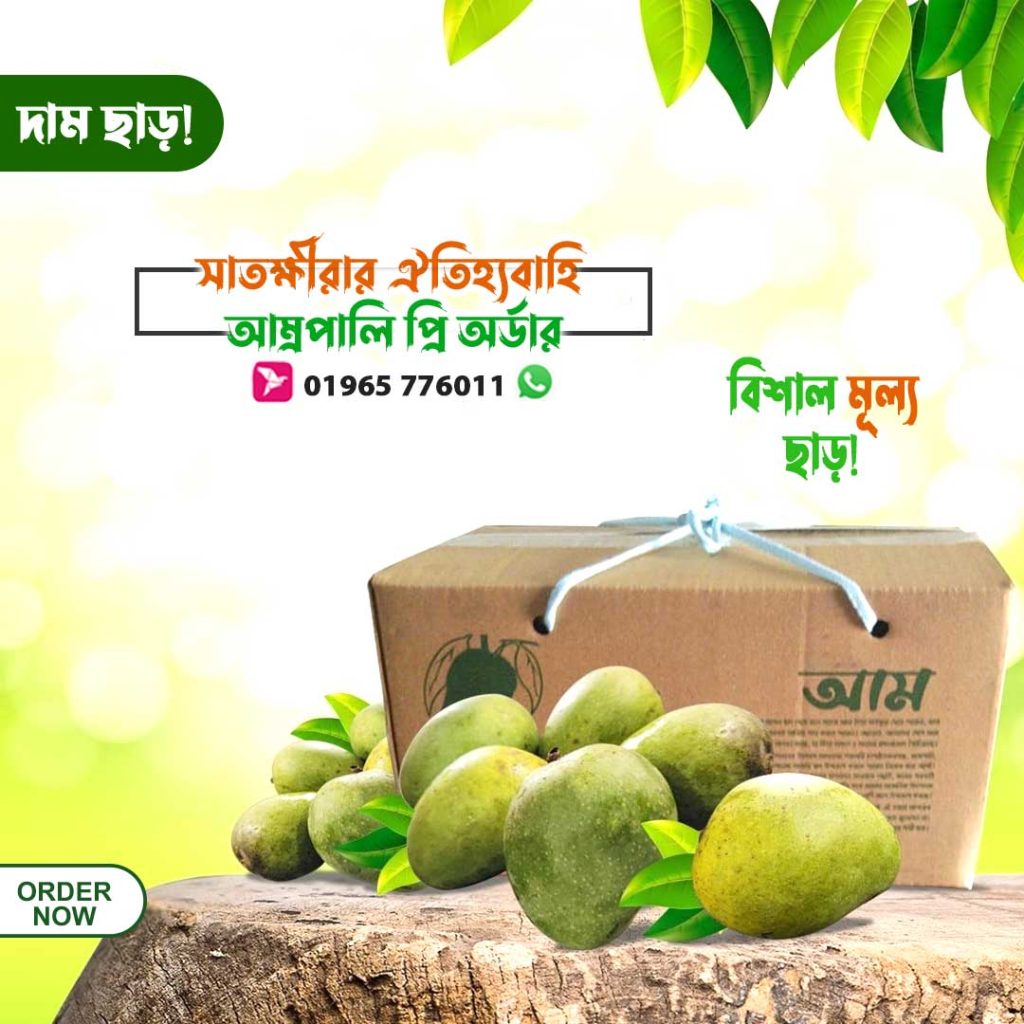সাতক্ষীরার আম পাইকারি দামে খুচরা কিনুন
আস সালামু আলাইকুম,
সম্মানিত বন্ধুগন আপনাদের মনে আছে ঢাকার গোস্ত ব্যবসায়ী “খলিল ভাই ”
“খলিল ভাই ” 
এর কথা যিনি শিখিয়ে দিয়েছেন কিভাবে লাভ কম করে সেল বেশি করতে হয়
এবং এতে করে মানুষের উপকার হয় ও আল্লাহর বারাকাত পাওয়া যায়!


আমরা সাতক্ষীরার আম ব্যবসায়ী, আপনাদের দোয়াই প্রতি বছর অত্যাধিক কম মুল্যে বাহিরের জেলার ভোক্তাদের কে আম সরবরাহ করে থাকি।

আপনারা জানেন আম স্থানীয় বাজারে যে দামে বিক্রি হয় আপনারা খুচরা বাজারে তার চেয়ে ২/৩ গুন বেশি দামে কিনে থাকেন।

আমরা এবার নিয়ত করেছি আপনার এলাকা তে যে দাম এ আম কিনে থাকেন তার চেয়ে অনেক কম দামে আম সরবরাহ করার এবং বিক্রি টাকা থেকে লাভের থেকে প্রতি কেজি আমে ১ টাকা করে সমাজের অসহায় গরিব মানুষ কে আম খাওয়ানোর। 

এটা অবশ্য ই আমরা ভিডিও করে প্রচার করব ইনশআল্লাহ

আমরা বিশ্বাস করি আমাদের নিয়ত যদি সহি হয় আল্লাহ বারাকা দিবেন, দুনিয়ায় না পেলেও আখিরাতে দিবেন ইনশাআল্লাহ। 


